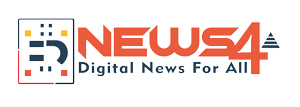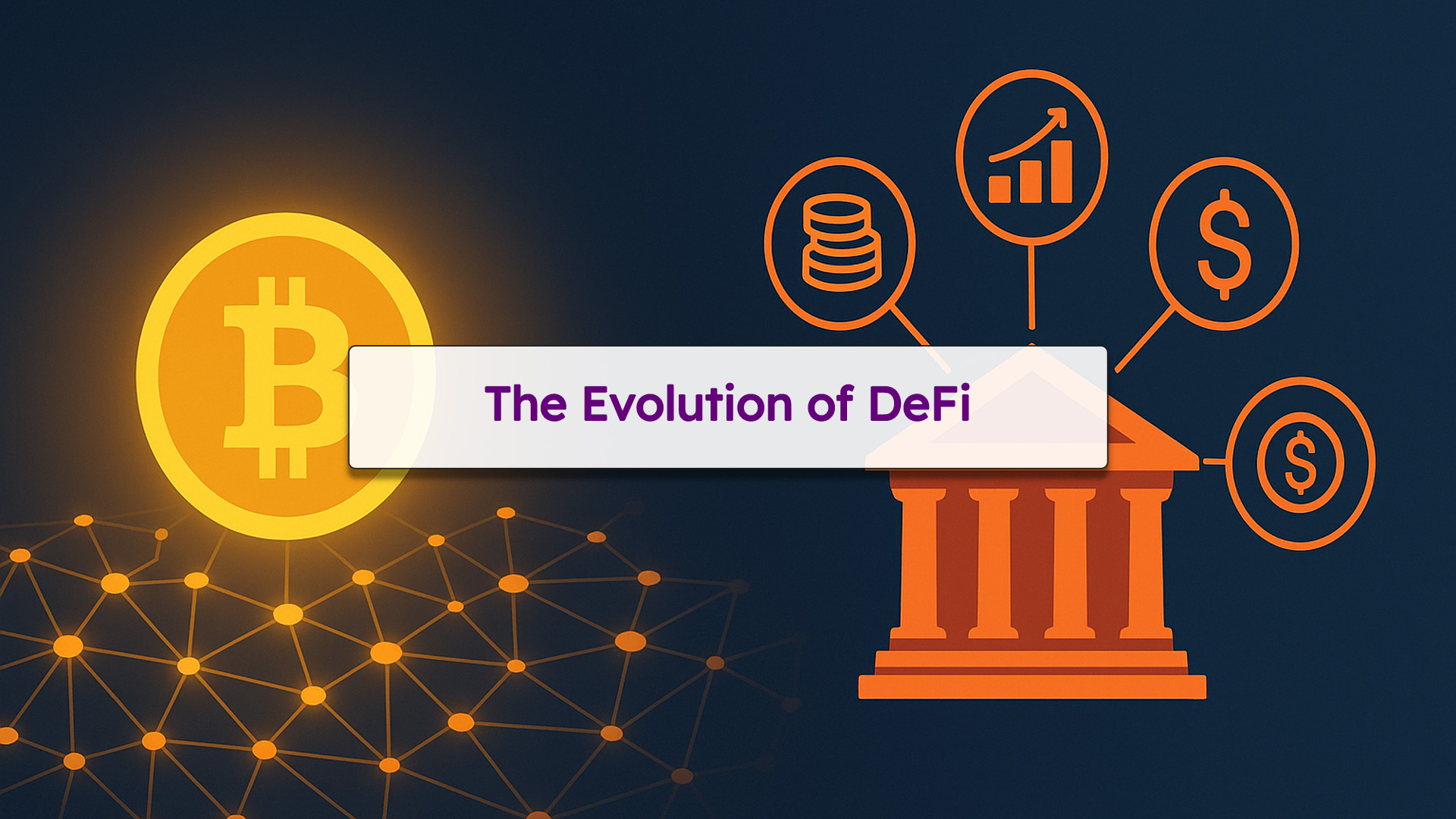In the past decade, Decentralized Finance (DeFi) has emerged as one of the most transformative innovations in the world of finance. Rooted in blockchain technology, DeFi represents a fundamental shift from traditional, centralized financial systems to open, permissionless, and decentralized networks. This movement is not just reshaping how we transact and invest but also challenging the very foundations of modern finance.
The Origins: From Bitcoin to Smart Contracts
DeFi’s roots can be traced back to the advent of Bitcoin in 2009, which introduced the concept of a decentralized digital currency. While Bitcoin proved that financial transactions could occur without intermediaries like banks, its functionality was largely limited to peer-to-peer transfers.
The real inflection point came with Ethereum, launched in 2015. Unlike Bitcoin, Ethereum allowed for the creation of smart contracts—self-executing contracts with the terms of the agreement directly written into code. This innovation enabled developers to build decentralized applications (dApps) that could replicate traditional financial services such as lending, borrowing, trading, and insurance—without relying on centralized institutions.
Growth and Maturity: The Rise of DeFi Protocols
Between 2018 and 2021, DeFi experienced explosive growth. Protocols like Uniswap, Aave, Compound, and MakerDAO became central pillars of the DeFi ecosystem, enabling decentralized trading, interest-earning deposits, collateralized loans, and stablecoins. The introduction of liquidity mining and yield farming attracted massive user participation, leading to billions of dollars in total value locked (TVL) across various DeFi platforms.
DeFi’s openness allowed for rapid experimentation, composability (where apps can integrate with each other like LEGO blocks), and global access. These characteristics helped it thrive outside traditional regulatory and geographic constraints.
Implications for the Traditional Financial Industry
DeFi presents both opportunities and challenges for the traditional financial system:
- Disintermediation: DeFi removes the need for banks and other intermediaries by using smart contracts to automate financial services. This could reduce costs and increase efficiency.
- Financial Inclusion: With nothing more than an internet connection and a crypto wallet, users from underserved or unbanked regions can access lending, saving, and investment tools that were previously out of reach.
- Transparency and Security: Transactions on public blockchains are transparent and immutable, offering higher levels of auditability than opaque centralized systems.
- Regulatory Challenges: The permissionless nature of DeFi complicates regulation. There are concerns about money laundering, fraud, and the lack of consumer protections.
- Innovation Pressure: Traditional financial institutions are being pressured to innovate or risk obsolescence. Many are exploring hybrid models, integrating blockchain elements or launching their own digital assets.
What’s Next for DeFi?
The future of DeFi will likely involve greater integration with traditional finance (TradFi), enhanced scalability through Layer 2 solutions, improved user interfaces, and increased regulatory clarity. Institutional adoption is growing, and regulatory frameworks are evolving to accommodate these innovations.
Yet, DeFi’s core promise remains the same: to democratize finance by making it more accessible, transparent, and open to all.
Conclusion
Decentralized Finance is not just a trend—it’s a paradigm shift. By challenging traditional norms and offering alternatives that are more inclusive and efficient, DeFi has positioned itself as a powerful force in the financial world. While challenges remain, its continued evolution will likely play a key role in shaping the future of global finance.


